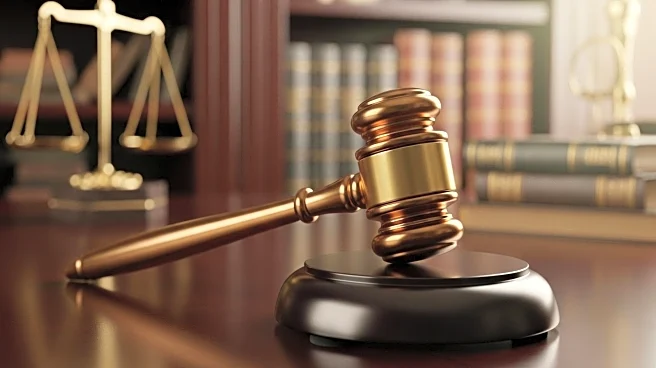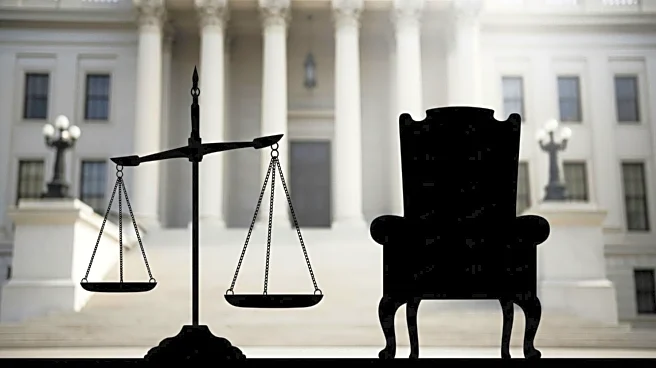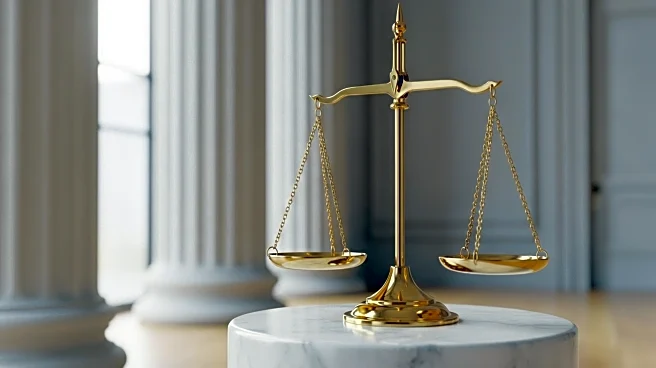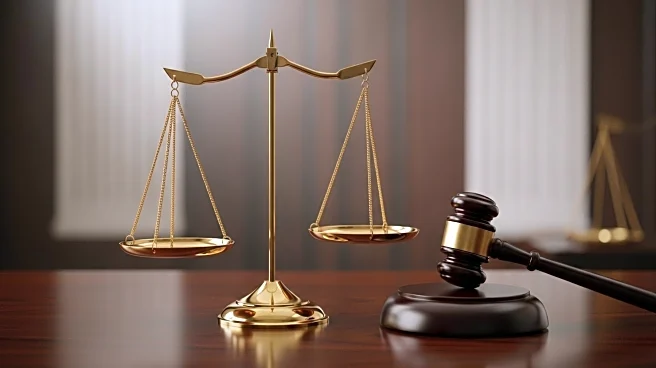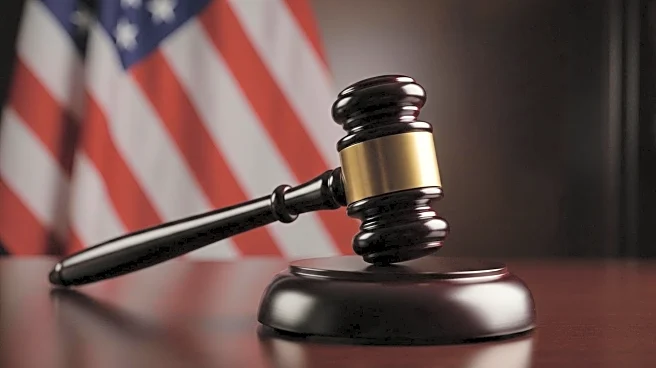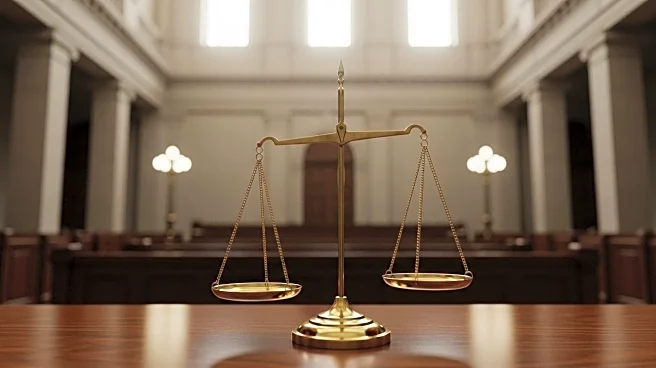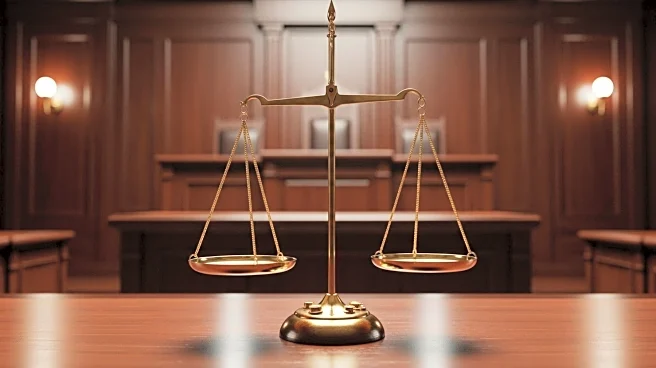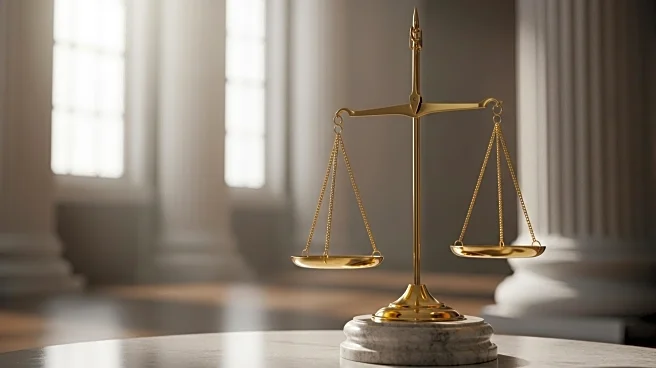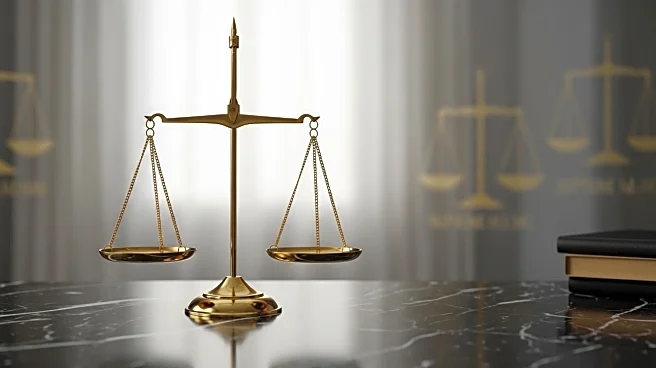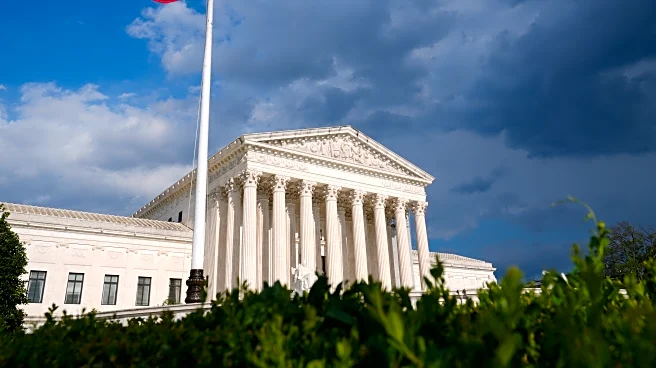What's Happening?
The Supreme Court is set to reconsider long-standing limits on presidential control over federal agencies, potentially granting President Trump the power to dismiss executive branch officials at will. This review involves cases challenging the protections that have historically shielded members of independent agencies, such as the Federal Trade Commission and Federal Reserve, from removal without cause. The Court's decision could significantly alter the balance of power within the federal government, allowing the president to replace independent regulators more easily and implement major policy changes swiftly.
Why It's Important?
The potential expansion of presidential authority to fire federal officials could have profound implications for the independence of federal agencies and the stability of U.S. governance. It raises concerns about the erosion of checks and balances designed to prevent partisan control over regulatory bodies. Such a shift could lead to rapid changes in economic regulation, immigration, and criminal justice policies, with fewer constraints on the executive branch. This development is particularly significant in the context of President Trump's administration, which has frequently sought emergency actions from the Supreme Court to advance its policy agenda.
What's Next?
The Supreme Court will hear key cases this term that could redefine the scope of presidential power over federal agencies. The outcomes will determine the extent to which the president can exercise control over independent regulators and implement policy changes through emergency orders. Legal analysts and stakeholders are closely monitoring these cases, as they could reshape the federal bureaucracy and influence the future of U.S. governance. The decisions will also test the judiciary's role in maintaining checks on executive power amid significant policy shifts.

